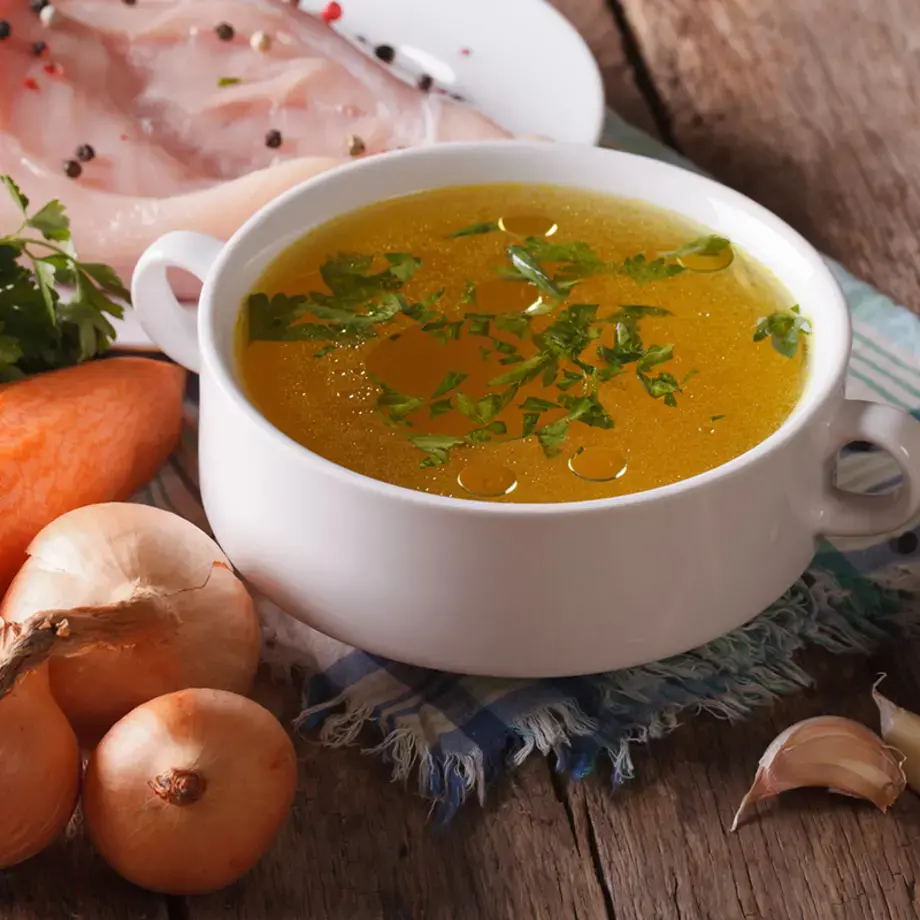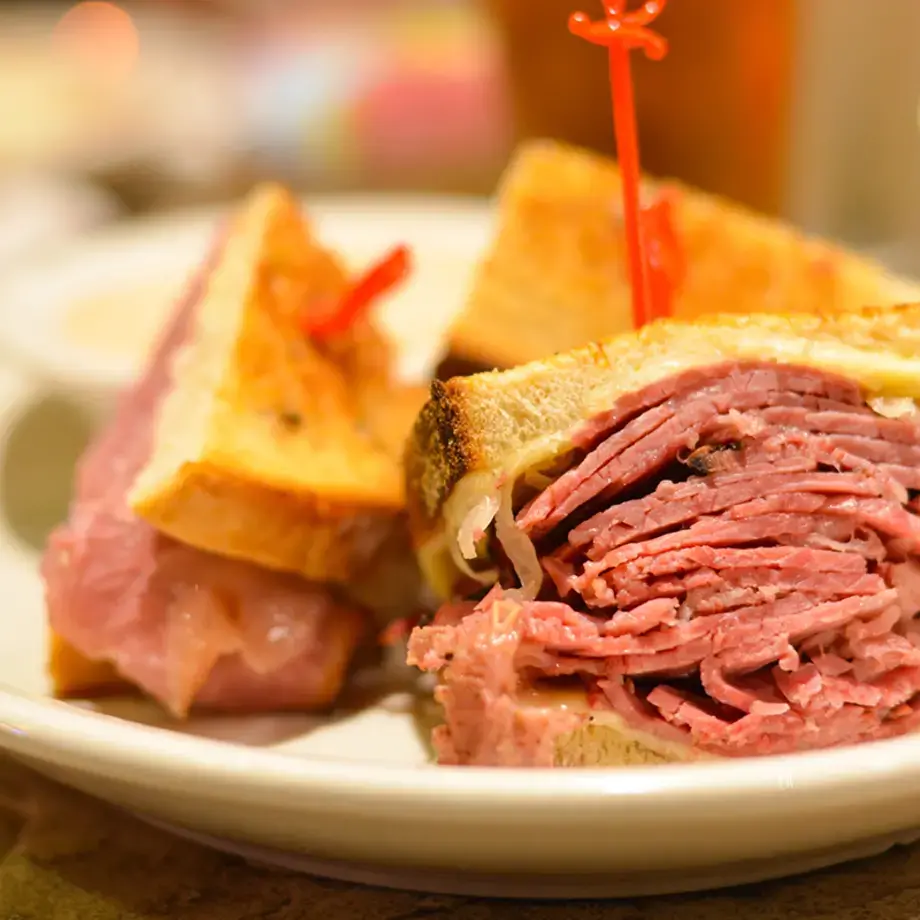Brazil is the fifth biggest country in the world spanning 3,285,618 square miles and is full of unique and amazing ingredients, including an abundance of weird and wonderful fruits you’ve probably never heard of or tasted.
At Fine Dining Lovers we love discovering and sharing new and unusual things: here is a Brazilian fruit list, featuring 10 of Brazil’s finest and strangest fruits.
1. Seriguela
Abundant across Brazil during mid-summer, Seriguela (also known as a kumquat) is a species of cashew (though don’t let this fool you, it’s not a nut, and tastes nothing like a cashew). This small vitamin packed fruit is quintessentially Brazilian and is sold in markets and at traffic lights across Brazil. It has both a sweet and sour taste and is increasingly becoming popular in another of Brazil’s famous exports, the Caipirinha, and also makes a tasty marmalade. To eat raw, roll the fruit between your thumb and forefinger to soften and release the juice, then pop in your mouth and eat whole, skin and all.










